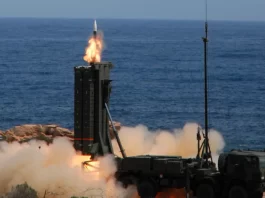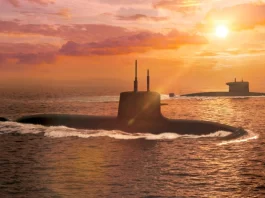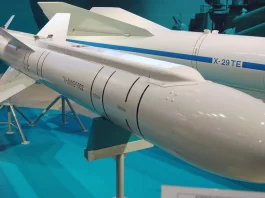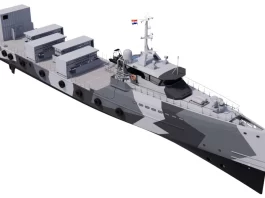Deep Sea Expeditionary with No Decompression (DSEND), a “revolutionary” wetsuit system tested by the US Navy, offers greater flexibility and safety to deep-sea divers.
According to reports, the DSEND wetsuit maintains a stable internal pressure, eliminating the danger of decompression sickness and enabling divers to work for extended periods at great depths. The system comprises a robust yet lightweight atmospheric wetsuit with rotatable, detachable joints for enhanced mobility, flexibility, and manoeuvrability. The new wetsuit’s design encourages natural movement and reduces diver fatigue.
Under the aegis of the Office of Naval Research (ONR) and in collaboration with Naval Sea Systems Command (NAVSEA), Naval Underwater Warfare Centre (NUWC), and Naval Surface Warfare Centre (NSWC), DSEND was recently launched at the Naval Surface Warfare Centre in Carderock, Maryland. The Division and the Experimental Diving Team of the Florida Navy both presented demonstrations on Feb 7-8. The Florida Naval Experimental Diving Team and Navy divers tested the specially designed garment.
As part of a simulated salvage mission, the exercise included ship and aircraft recovery, underwater rescue, explosive ordnance disposal, hull restoration, and the recovery of sunken equipment. During demonstrations in Maryland and Florida, DSEND divers performed a variety of manoeuvres, including removing a dummy from an aircraft fuselage, lifting a piece of wreckage, and traversing a makeshift tunnel representing a sunken ship. Its purpose is to evaluate the DSEND system’s capabilities.
Frequent Navy diving missions involve deep-sea diving. The increased water pressure poses a larger threat the deeper a diver descends. Current diving equipment Navy divers must utilise a saturation system, the diving bell, pressurised with gas so that the pressure inside the diving bell matches the pressure outside. On the other hand, divers need to ascend gently and halt at regular intervals as they make their way back up to the surface to prevent decompression sickness. This condition can be lethal, and it occurs when inert gases that have been dissolved in high-pressure blood and tissues create bubbles as the pressure drops. Although the lengthy ascent ensures the safety of the divers, it restricts the time they can spend in a single location.
The answer to this predicament can be found within the atmospheric environment of DSEND. The DSEND wetsuit comes complete with its independent life support system, which allows it to function as a pressure-stable cocoon for the duration of the dive. Divers can spend extended time working at greater depths before returning to the surface.
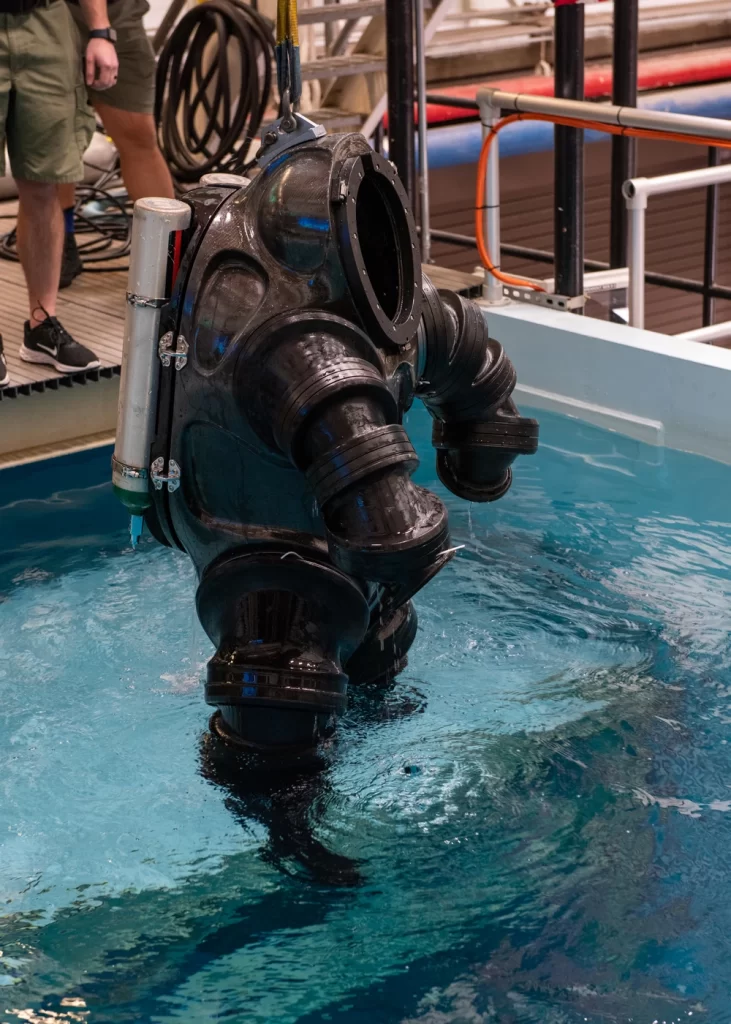
Even though it is made up of durable and long-lasting materials, the DSEND is designed to be lightweight. This enables users to swim and roam around easily on the ocean floor. The traditional atmospheric diving gear that the Navy uses can be improved with this. This wetsuit is relatively rigid and has additional thrusters, so it can be difficult to move about in it. In addition, donning and removing the DSEND wetsuit is far less of a hassle and can be customised to fit the diver perfectly. DSEND’s joints, grippers, and hand attachments are made from cutting-edge materials that are both strong and lightweight, and they are surrounded with induction armour for added defence. It does this by simulating the normal movement of human joints, which helps reduce diver fatigue.
According to Dr Chapman, Programme Officer for the Warfighter Performance Division at the Office of Naval Research, the DSEND’s self-contained environment makes it a true game-changer in the industry. It is feasible for divers to keep their internal pressure steady even when they descend to depths where the pressure of the outside environment increases. It increases diver safety, lessens the negative physiological effects associated with deep diving, such as decompression sickness, cold, and humidity, allowing divers to expand their working environments, eliminates lengthy decompression times, and makes it easier to make a rapid ascent to the surface of the water.
Dr Chapman anticipates continued development of DSEND over the following year, which will include a demonstration at sea in an operational context more representative of the real world.

